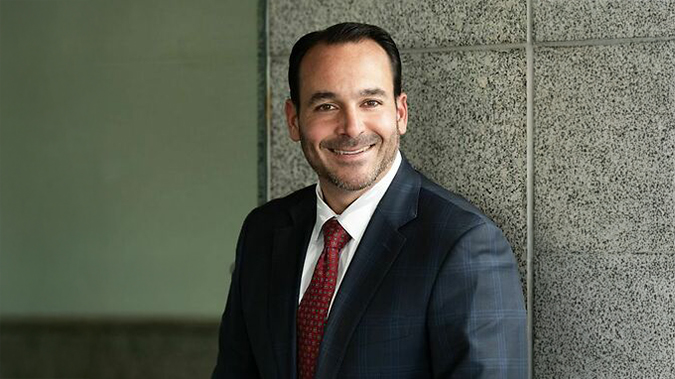Chapter 11 bankruptcy cases for U.S. healthcare sector companies with more than $10 million in liabilities reached the highest level in five years in 2023, with case volumes three times higher than they were during the height of the pandemic in 2021, a study finds.
Large healthcare bankruptcy filings with liabilities over $100 million also surged in 2023, reaching 28 filings compared to only 7 in 2022 and 8 in 2021, according to the analysis of more than 240 U.S. bankruptcy filings from 2019 to 2023. The research was released on Friday by Gibbins Advisors, a healthcare restructuring firm.
Senior care and pharmaceutical subsectors comprised almost half the total healthcare bankruptcy filings in 2023, consistent with previous trends. Hospital bankruptcy filings increased in 2023 with 12 filings compared to 11 during the prior 3 years combined.
“We saw a dramatic increase in healthcare bankruptcy filings in 2023, continuing the trend which began in mid-2022,” said Clare Moylan, Principal at Gibbins Advisors. “Key observations from 2023 are the return of large bankruptcy cases with over $100 million in liabilities, and a spike in hospital filings, both of which appear to primarily be a result COVID-19 pandemic-related protections ending.”
Tyler Brasher, director at Gibbins Advisors, said some of the data was surprising.
“Total healthcare filings spiked in Q3 and then receded in Q4 2023, and there were no senior care bankruptcies filed in Q4 2023 when we expect to see about five per quarter,” Brasher said.
“Despite the absence of senior care bankruptcy filings in Q4 2023, based on our knowledge of the market we expect to see senior care bankruptcies return in 2024,” said Brasher. “As for total case volume, we are seeing a lot of distress in healthcare as the market remains very challenging for providers, so we expect to see continued levels of healthcare bankruptcies in 2024 that we saw last year.”
The analysis identified several cost-drivers for the trend, including high interest rates and lack of capital access; labor and supply chain cost increases; pressure from payors; and Medicaid continuous enrollment.




